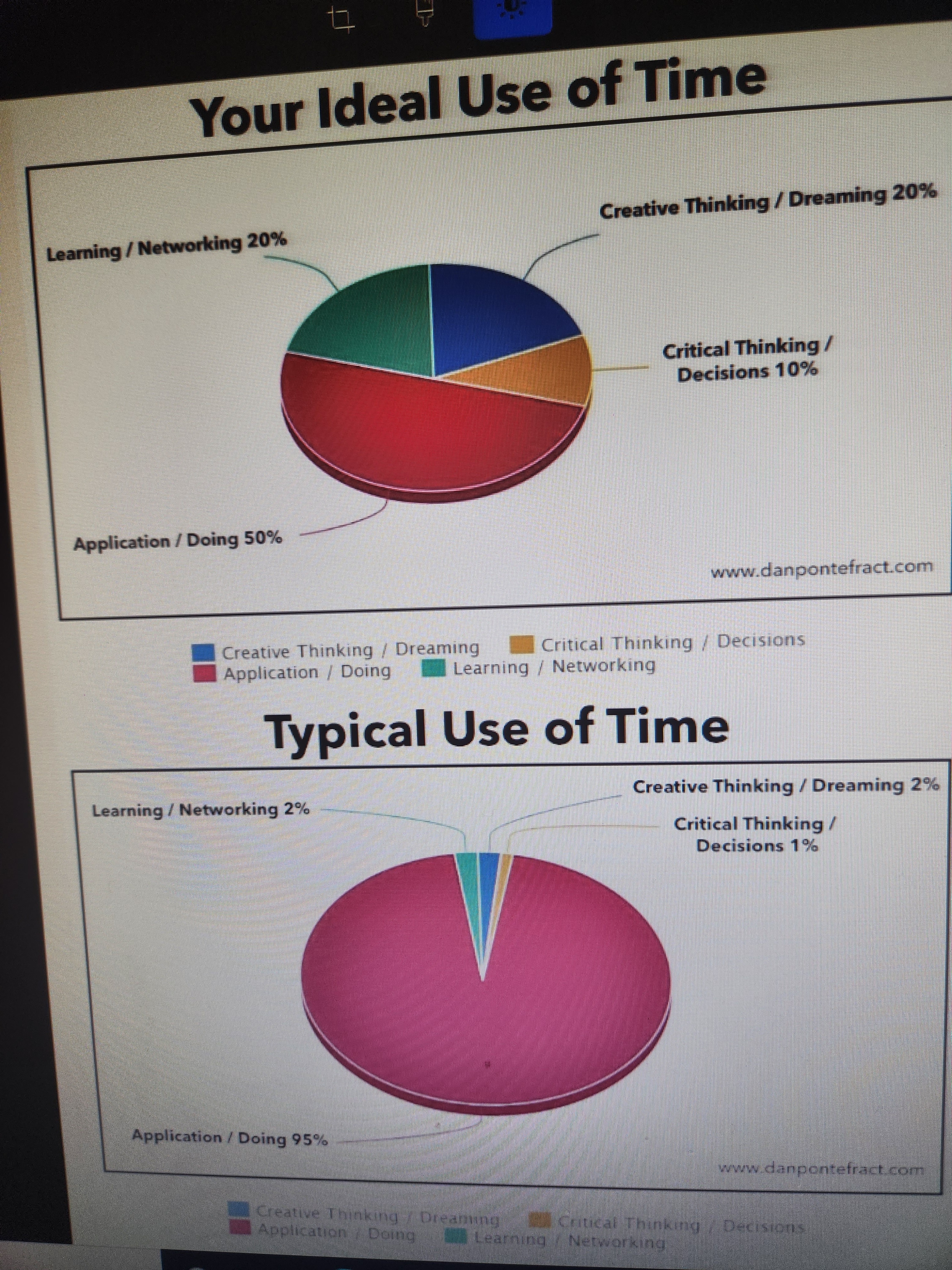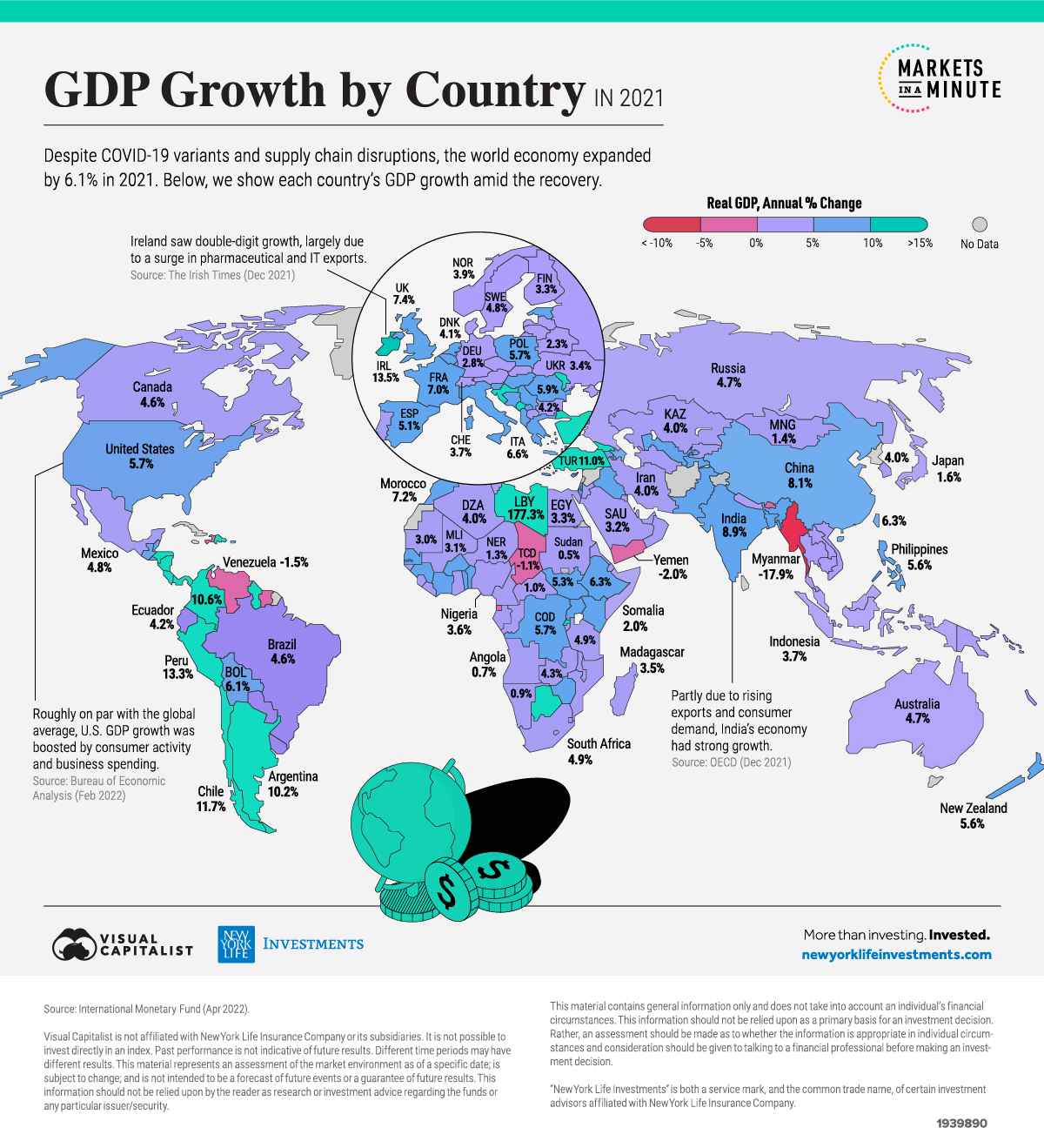 and
and

present
Global Talent Mobility
Masterminds™
 GlobalPressClub™
GlobalPressClub™
and
GlobalTVtalkshow.com
present
GLOBAL TALENT MOBILITY MASTERMINDS™
…a new weekly LIVE broadcast series
In my role as Broadcast Editor / Program Producer, I am now sourcing “do-ers”/ “thought-leaders” involved currently with leading TALENT / MOBILITY to a new series on GlobalTVtalkshow.com.
Booking now for weekly broadcast programs NOV +DEC +JAN. Reach me by text/voice (+1)619.787.3100 or email me publisher@globalbusiness.media
Huge audience US-wide + global 12months+.
Sourcing cosponsors / advisory board partners.
MASTERMIND discussion topics will include…
US RELOCATION
TODAY
US
“ZOOM” TOWNS
GLOBAL
“ZOOM” TOWNS


Talent mobility and people analytics: collaboration networks
By Olivier Meier, Mercer
Formal processes and organization charts don’t tell the whole story about how teams work. Actual collaboration patterns are more fluid, and the human interactions between the stakeholders are more diverse and complex than what we see on official corporate documents. As organizations strive to become flatter and agile, understanding the collaboration patterns within and between business units becomes even more relevant.
Collaboration network analytics provides HR professionals with tools and new ideas to understand the ways employees interact with each other. The objective is not necessarily to spend time on long analyses. Even talent mobility professionals who don’t have the resources to conduct in-depth analyses could still benefit from looking at their practices through the lens of collaboration analytics and reflect on how collaboration patterns influence the success of international business units and mobile employees.
What is collaboration analytics?
Collaboration analytics is designed to help understand and visualize collaboration patterns between the employees and use this knowledge to drive business improvements. In simple terms, it aims to understand the informal networks that employees rely on to carry out their day to day jobs and how it differs from the official org chart and processes. Collaboration can be measured within a team or between business units. The step-by-step approach is the following:
- Mapping the different interactions between individuals
- Analyzing these interactions
- Derive conclusions about how groups of employees and business units operate
- Identify opportunities for improvement
A collaboration analysis helps understand how individuals support each other and how information flows within business units. It can identify the connection points between teams as well as the choke points that slow down or block knowledge transfer. It can show employees who are playing a greater role within the informal network but whose usefulness for the organization is not necessarily recognized or on the contrary, alert HR and management about employees who are isolated and at risk of demotivation. The conclusions of such an analysis provides insights into the effectiveness of business units and how performance of individuals can be impacted by current collaboration patterns.
How is it done?
There are different ways to capture collaboration patterns: new technologies can capture the degree of interactions based on emails, video conferences, social media, intranets, calls and other forms of interaction (within the boundaries of privacy rules). This however implies the use of specialized tools and mobilize significant analytical resources.
Collaboration can also be assessed through surveys by asking how frequently employees would reach out to their peers for information or advice (along with additional contextual questions). The questionnaires can dig into the type of interactions and distinguish information queries for day to day activities from coaching and informal support requests. A visualization software can be used to present the results.
When performing the data collection, the selection of the sample has to be done carefully and having a high number of responses for a given network is essential to provide an accurate picture. This challenge combined with the complexity of network interactions means that initially selecting a sample of 25 to 300 individuals representing a clearly defined network within a defined area (business unit or team) is a better option that trying to analyze very large networks. Mapping large parts of the organization in one go might prove too complex and the conclusions could be difficult to understand or even irrelevant.
At a very simple level, a basic form of collaboration analysis could be done via an informal mapping: e.g. people a room indicating who they talk to normally and drawing simple collaboration patterns. Even these small size exercises can produce new insights and hints at issues or potential improvements.
Key concepts
| Network size | For a given person, the number of connections. For a network, the number of persons in it. | |
|---|---|---|
| Network range | The number of connection between business units/departments. Are the persons connected to different groups rather than just their own team? | |
| Network strength | The strength of the relationship between people in the network. A person might contact some of his peers only occasionally while a strong connection indicates more frequent contacts. | |
| Network density | The number of connections between the members of the network. In a dense network all the contacts are connected with each other while in a less dense network the different members might be connected only indirectly via a central point. | |
| Network centrality | People with high centrality are directly connected with most of the other members of the network. People with low centrality are connected indirectly with the rest of the network via only a few contacts. | |
| Clusters | Group of individuals who are strongly connected. Information travel faster within a cluster. | |
| Connectors | Connectors are individuals who put in relation many members of the network. | |
| Brokers | Brokers are connectors who connect different groups/teams/clusters within the network. | |
| Gatekeepers | Individuals who control the interactions/flow of information going to their part of the networks. | |
| Choke points | Points in the network where the flow of interactions or information is slowed down or stopped. This could be the result of voluntary (excessive control) or involuntary (overload) actions by network actors. | |
| Central actors | Highly connected Individuals with high degree of “centrality”. Likely to play an important role in the way the network operates. There is no automatic correlation between central actors and grades/job titles. The benefit of collaboration analytics is precisely to show the difference between the official org charts and the informal networks. | |
| Outlier / peripheral actors | Peripheral team members who have limited connections with most of the network. The outliers could be employees who might receive only limited information and are at risk of underperforming. Or on the contrary, they can be thriving experts whose insights are unfortunately not benefitting the rest of the organization. |
Simplified collaboration network example

In this business unit headed by Lisa, Ted seems to play a central role in terms of collaboration: he is frequently interacting with Lisa and directly manage Paul. He is also the point of contact for Maria’s team and is actively collaborating with John and Parvati who are in Kate’s team. Ted is an important connector for this business unit and plays a more important role than his official job might suggest and might deserve some recognition for that. At the same time, he might risk an information overflow and burn-out. The fact that many interactions are centered on him could present some risk in terms of business continuity and resilience for this unit.
Paul is an outlier and is connected to the network only via Ted. He might miss out on some information and some of his expertise will not trickle down to the rest of the business unit unless Ted proactively communicates it.
Maria’s team seems to operate as an isolated cluster. The collaboration between the team members is intense but the team is connected to the rest of the network only via Ted and Maria potentially operates as gate gatekeeper and might restrict the information flowing from and to Olga and Shiro.
Lisa is connected to her network through Raj, Ted and Diego. As the unit head, she would naturally talk to the other network members from time to time but there is no regular collaboration worth reporting. This distance can help avoid micromanagement and information overflow but means she might not fully benefit from the insights of distant network members like Shiro, Paul or John and they in turn might resent the distance that separate them from the unit head.
Why does it matter for talent mobility?
In the previous example, let’s imagine that Paul is an international assignee. What would this collaboration network mapping suggest in terms of risks for the success assignment (e.g. lack of knowledge transfer)?
Who would be the best mentors to help an assignee integrate in this business unit? Probably individuals with centrality like Ted or maybe Kate.
Assuming that Raj is in charge of local HR and Shiro is an assignee, is there a risk that communication about assignment and support get distorted or lost in the process?
Talent mobility is a complex process and collaboration is at the heart of it, both to manage it (interaction between the shareholders) or to ensure its success (integration and inclusion of international talent). Collaboration analytics can provide insight on:
- Supporting of the mobility process: Who are the assignees turning to when they need information, support or mentorship? Local HR? Management in the host destination? The mobility team? A network analysis can highlight the limits official processes, put the spotlight on gaps are and identify where sources of supports are to be found.
- Ensuring integration assignees in the host locations: to what extent are assignees interacting with their local peers? Answering this question can help predict the success of the assignments and ensure that knowledge transfer is really happening.
- Leveraging support for mobile talent: it can help select mentors and facilitators who can act as role models. It can also help map local support network.
- Fostering diversity and inclusion: one of the factors that hold women and minorities downs is their lack of connections and limited professional networks. A network analysis can show if specific groups are isolated and not benefits from the information and collaboration opportunities that the network provides.
Practical applications
Example one: outliers and missed opportunities
Two assignees relocated in an Asia country for a couple of years performed well for the duration of their assignments but from a collaboration perspective were not really integrated in the host destination business unit.
While the intention was to train local staffs and expand the clients base in the host destination, they usually interacted with a limited number of local employees. The knowledge did not spread to the entire host business units and the new clients acquired were managed mainly by the expatriates. After the repatriation of the two expatriates and the resignation of several local staffs, all the knowledge transferred were lost and re-establishing a business relationship with the newly acquired clients proved difficult.
The main objective of the assignments (knowledge transfer) was clear but in practice the collaboration patterns (choke points) and processes meant that the of expertise did not take place and the value of the assignees for the long-term success of the business units was limited.
Example two: diversity without inclusion
Mobile workforce diversity is still too limited in many organizations – for instance in Mercer’s 2017 survey, female assignees constituted only 14% of the global mobile workforce. But the issue goes beyond just the number of female or minorities on assignments, it’s often a question of inclusion – i.e. active participation of minorities in decision making and corporate culture. A company that had a significant number of females expatriates (28%) found out that they were seldom assigned to the main international hubs and not involved in strategic discussions. Clusters of employees were on the fast tracks and collaborating among themselves but many women assignees were not part of these groups and tend to be offered less strategic assignments (types or destinations). Collaboration patterns showed that female assignees were missing out in terms of networking opportunities and skill development.
Example three: the missing links
A company in the manufacturing sector was receiving a number of complaints from assignees who were challenging mobility policies and increasingly asking for exceptions. While in theory, policies and processes were in place to communicate and implement the Company’s mobility program, collaboration patterns revealed a disconnection between stakeholders. HQ’s HR team who was coordinating policies was not directly in contact with local HR teams in destination and collaboration with talent management was not systematic. Conflicting messages were being sent to assignees by line management and the various parts of HR. Furthermore, while comprehensive relocation support was available, some assignees were not fully taking advance of it and relying on an informal network of peers to gather information. The collaboration pattern analysis did not provide all the answers but it highlighted the limit of just looking at formal policies and processes to understand issues.
Following up on the results / action points
There is not one perfect way to cooperate. Increasing collaboration can be good but has to be done selectively to avoid overflowing some employees with information or putting too much pressure on them. An analysis of where an increase in collaboration could benefit the business and employees could lead to practical actions such as:
- Provide coaching and training to leverage the strength of highly connected individuals, increase the collaboration skills of managers or at least creating an awareness of the question.
- Integrate the cultural dimension: not all culture collaborate in the same way and international teams could benefit from the use of cultural training solutions applied specifically to the question of teamwork.
- Increase opportunities for the members of the network to improve their collaboration: events and face to face meetings. Virtual teams are more successful when team members have had a chance to get to know each other and establish a relation based on trust.
- Reward collaboration: awareness and training might not be enough if collaboration is not incentivized. Sharing information, collaborating efficiently and supporting each other would be part of the objectives, especially for managers. In practice, to many performance indicators are focused on individual achievements. The challenges of setting valid performance reviews stem partially from the fact, the performance doesn’t take into account team work and collaboration.
- Review processes and org charts: the conclusions of the collaboration analysis could highlight issues with current processes and structure or simply encourage management to structure and leverage existing informal forms of collaboration.
- Foster assignments (long or short) and internal gig in the companies as a way to increase collaboration, break down barriers department and geographies. In that sense mobility can both benefit from collaborative analytics and be part of the solution.
Click here to add your own text
Click here to add your own text
Click here to add your own text
Click here to add your own text
Click here to add your own text
Click here to add your own text
Click here to add your own text
Click here to add your own text
Click here to add your own text
Click here to add your own text
Click here to add your own text
Click here to add your own text
Click here to add your own text
Click here to add your own text


